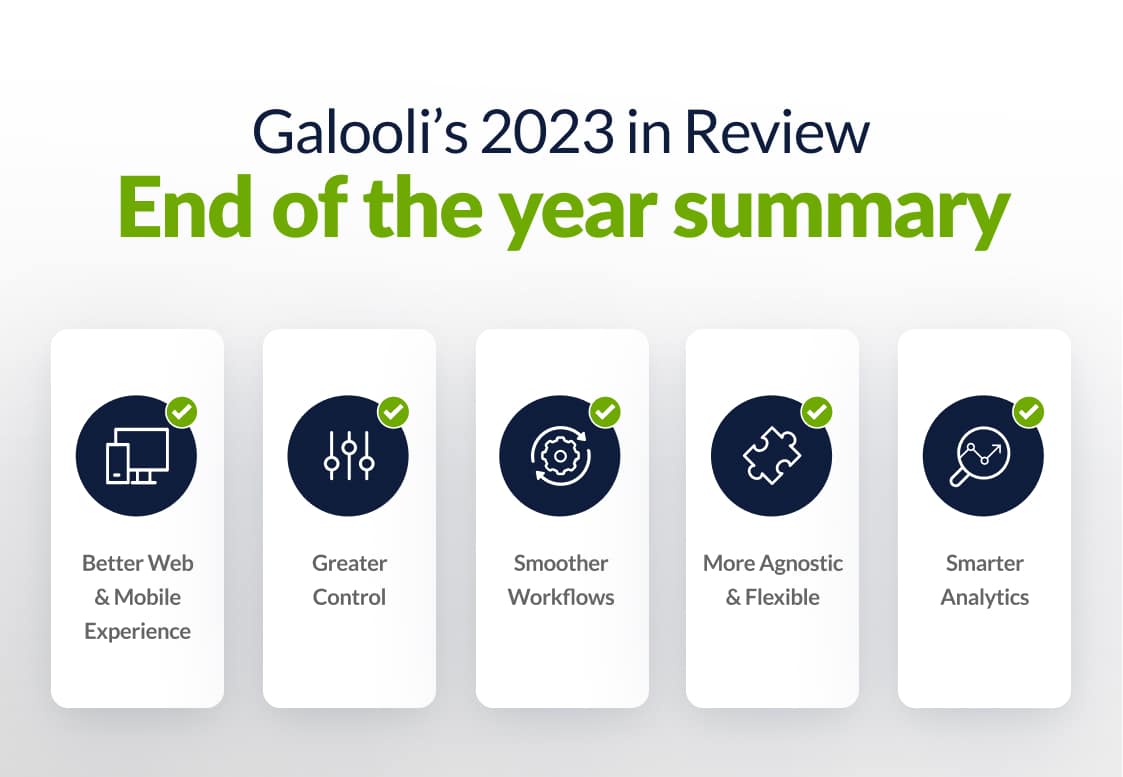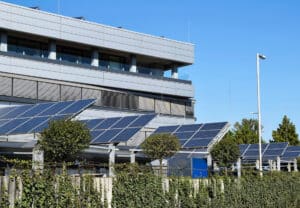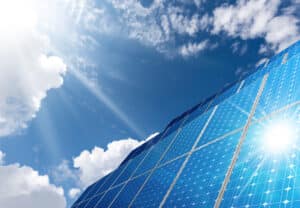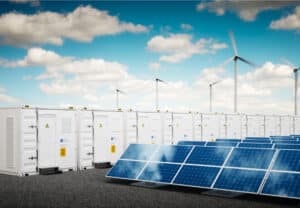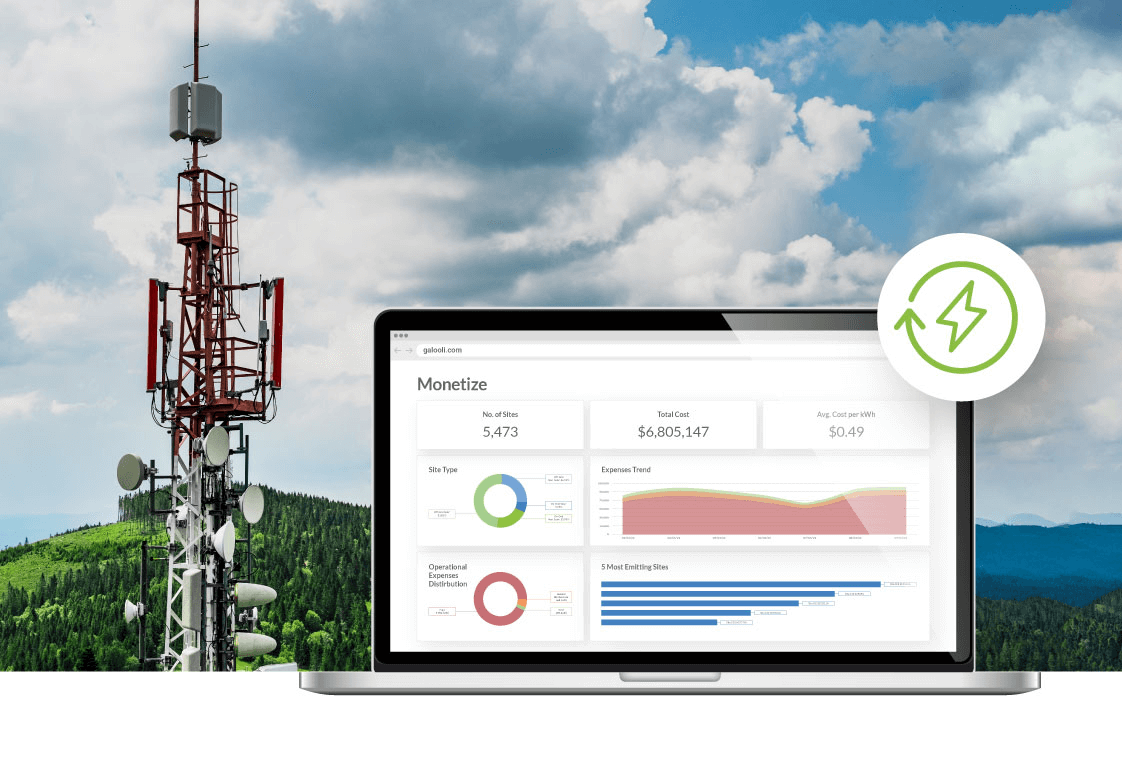
How efficient is the temperature control in your home? Are the windows always drafty, or does your room feel like a furnace in the summer? Making your surroundings more comfortable can use a lot of energy.
Technology is sensitive to its environment in the same way. Faulty heating, cooling, and insulation – along with lighting and other equipment – can dramatically increase the cost of running a building.
Small optimizations drive energy consumption everywhere, from homes and offices to data centers and industrial facilities. To make the necessary changes and reduce your energy consumption, you need to understand energy efficiency.
What is Energy Efficiency?
The term ‘energy efficiency’ refers to the ratio of power consumed to the productive output in almost any situation, from manually digging a power line to running a national electricity grid. There are ways to get more done with less effort and cost anywhere you use energy. Whether you’re using an excavator to do the work of twenty men or optimizing energy systems to keep up with network usage spikes, it all comes down to energy efficiency.
These days energy efficiency mostly comes up in conversations about the impact of individual companies and facilities on global energy consumption. In the context of Internet of Things use cases, energy efficiency is all about maximizing the energy output used to run the various communication networks that allow it all to function while minimizing the costs of maintaining constant uptime.
Why do we care about energy efficiency?
Why is energy efficiency important? There are two main reasons that anyone cares about energy efficiency: environmental impact and operations-related expenses.
Environmental impact
While the shift to renewables and sustainable energy production is an ongoing project, every unit of energy consumed today has consequences for the environment. Whether it’s emissions from locally burning fuel, the intense requirements of constantly running telecommunications equipment, or the output of plants supporting the grid, using electricity produces greenhouse gases.
Telecoms alone constitute around 3% of the global energy demand. Considering the ever-expanding demands of population growth and the economy, every effort must be made to improve efficiency and reduce society’s carbon footprint.
Operational costs
The benefits of saving energy are a relatively simple concept that directly ties into managing the cost of energy. These days an organizations’ energy use constitutes as much as 40% of OPEX costs.
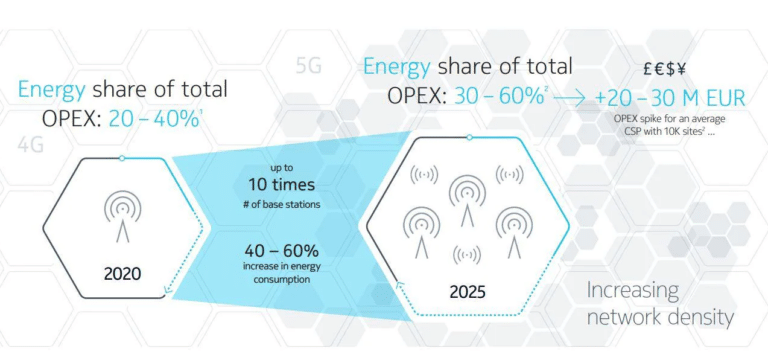
As long as you maintain your operation standards, using less means spending less. Besides particularly time-sensitive or temporary situations, improving energy efficiency is always beneficial for cutting down on energy waste or increasing a site’s output capacity.
Wasting energy is expensive on multiple fronts, and growing public awareness of these costs is putting pressure on companies and utilities to optimize their energy usage.
Asset Durability
While not exactly intuitive, keeping equipment of all kinds running smoothly and efficiently is a key component of maximizing energy efficiency. Unless you need to replace outdated machines, acquiring, transporting, and installing new technology is one of the least efficient parts of a piece of equipment’s life cycle.
In addition, running any piece of technology for extended periods of time reduces its capacity to process energy. Managing asset performance lets you stay on top of accumulated wear and tear to improve energy efficiency holistically.
Where can we make energy efficiency work for us?
So, where do we end up improving energy efficiency? Some examples from industrial settings are:
Data Centers
There is an increasing global demand for data centers to sustain IoT architecture. Giant server rooms don’t have many moving parts, but they do require a particular climate that takes a lot of energy to maintain
There are several opportunities for improving efficiency here. One is in the HVAC system itself, optimizing and improving the balance of active temperature control like air conditioning or fans and passive control sources like ventilation and insulation
By optimizing these systems, data centers can achieve a more significant proportion of power spent on the servers they are designed for, otherwise known as ‘power usage effectiveness or PUE. Here, the materials used to make each individual server dictates the physical limits of energy efficiency.
Industrial Facilities
Factories and other large-scale operations also use a lot of energy, sometimes for HVAC but with the additional burden of running heavy machinery or other complex technology. There are many types of facilities out there, but they generally have internally consistent and connected systems for running their day-to-day operations.
Optimizing industrial energy efficiency is a matter of actively monitoring operations and resources and detecting any malfunctions or inefficiencies that limit performance or trigger outages.
Commercial Buildings
Where data centers or industrial facilities deal with relatively robust, standardized systems, there is much more variety and complexity between the energy systems behind buildings in urban areas.
In any particular area, there will be an incredibly diverse array of HVAC systems as well as different arrangements of lighting, appliances, and energy backups. The one common thread is the grid that all these buildings rely upon for continuous power supply.
When improving energy efficiency in a commercial setting, it’s essential to have the management capacity to cover all of the variables involved. For these low-level systems, inefficient energy practices can mean the difference between having lights on or not.
Telecom
As we mentioned, the telecom industry comprises a small but substantial chunk of global energy consumption. However, unlike industrial facilities and other buildings, telecom infrastructure covers vast geographic areas.
In addition, HVAC is an oft-forgotten but critical element of these remote telecom sites to ensure their equipment maintains effective operations that do not pass thresholds. Despite this, the relative size of these systems on these sites means that the individual site energy consumption is much lower than larger industrial facilities or data centers.
However, the sheer number of sites involved magnifies the total energy consumption. Furthermore, these sites have the same oversight and active management problems that drive inefficiencies elsewhere.
Given the geographic limitations of telecom infrastructure, the most effective way to improve energy efficiency is to use remote monitoring and management solutions. Tracking how usage trends develop and change over time can offer further insights into improving energy efficiency.
Maximizing energy performance with Galooli
If you’re looking to improve energy efficiency for your remote sites, Galooli has the solution. Our hardware agnostic energy management solution features live monitoring of your remote energy assets and sites, with integrated analytics. These actionable insights will provide you the changes you need to make to save on energy costs and reduce your carbon footprint.
Contact us to learn more about what Galooli can do to boost your sites today.





















